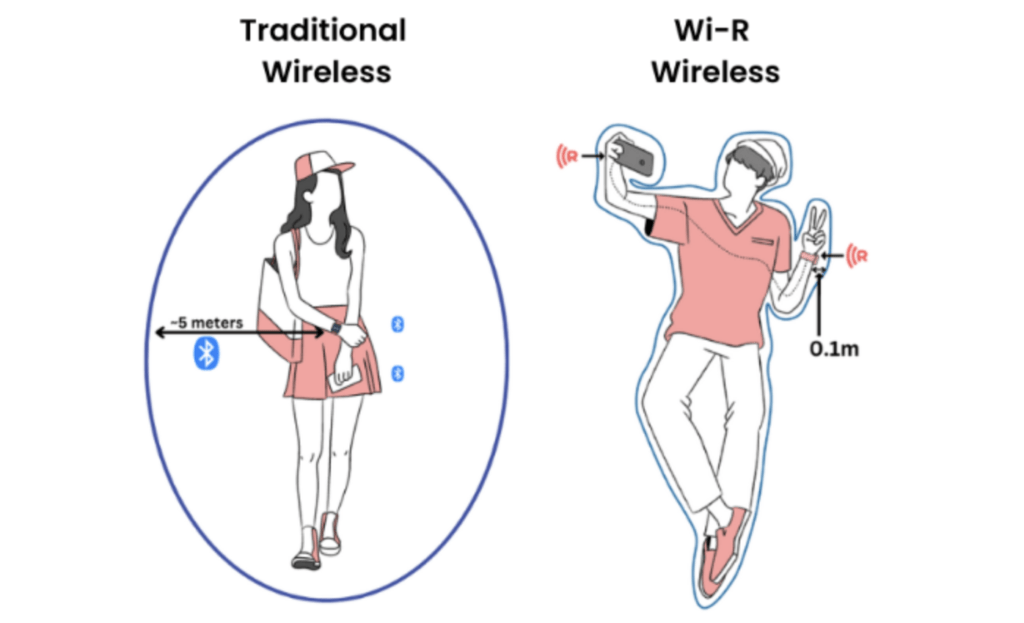Web3 is the future, but can you imagine mass adoption with everyone wearing big and bulky headsets? The race is on to create some normal-sized glasses to power our virtual and augmented realities, and according to startup, Ixana have found the answer.
At CES 2023 in Las Vegas, Ixana unveiled a groundbreaking developer platform that allows others to construct applications for their innovative technology.
Their cutting-edge personal devices are much more energy efficient than current headsets, utilizing a revolutionary way for information transmission – through the human body itself.
That’s right, they’re introducing a way for our headsets to receive power from the human body. Sounds crazy, but it’s all in the electromagnetic fields that surround our every move.
With Ixana’s groundbreaking Wi-R technology, we can make use of the body’s innate conductive properties to transmit data in a much more efficient manner than is possible in standard headsets.
By wearing or holding a device, you’re able to harness this power and send information. And this innovative development is set to revolutionize communication as we know it.
You will be able to power your VR glasses with your smartphone, which will transmit the data around the surface of your body. They’ll constantly connect without the use of any radio or Bluetooth connection.

More Efficient Than Standard Headsets, But It’s Early Days
The company says the technology uses a hundredth of the energy that WiFi and Bluetooth use. So, being able to transmit information in a much more efficient manner should be one of the most exciting projects at CES 2023.
The tech company’s developer platform will be there for the most innovative startups to see, and we expect they will receive plenty of interest from the innovators that flock there.
Although Ixana is confident of its developer platform, it’s still in the early days, so we won’t be trading in our bulky headsets for a pair of VR Raybans just yet.
It’s not just the batteries and processors that make headsets bulky. The screens and haptics are guilty of that, so the battery has to remain connected to those, for now.
And with the cellphone radiation debate ongoing, there are safety concerns to deal with. Not to mention the security of data transmission that uses the electromagnet fields around your body.
A spokesperson for Ixana was realistic about the project, saying they expect a minimum of 2 years before we see such a device, and maybe even up to 5 years before it can be powered by our smartphones.
Conclusion
CES always unveils the best of the best, and Ixana’s revolutionary tech will eventually allow us to drop the bulk and get in the 2020s.
Sure enough, it’s a few years away, but the unveiling of their developer tools at CES 2023 will surely interest an influx of developers. So who knows, their 5-year estimate might just prove to be overly conservative.
Author

Blockchain finance specialist with a keen eye on the emerging decentralized finance (DeFi) landscape.




